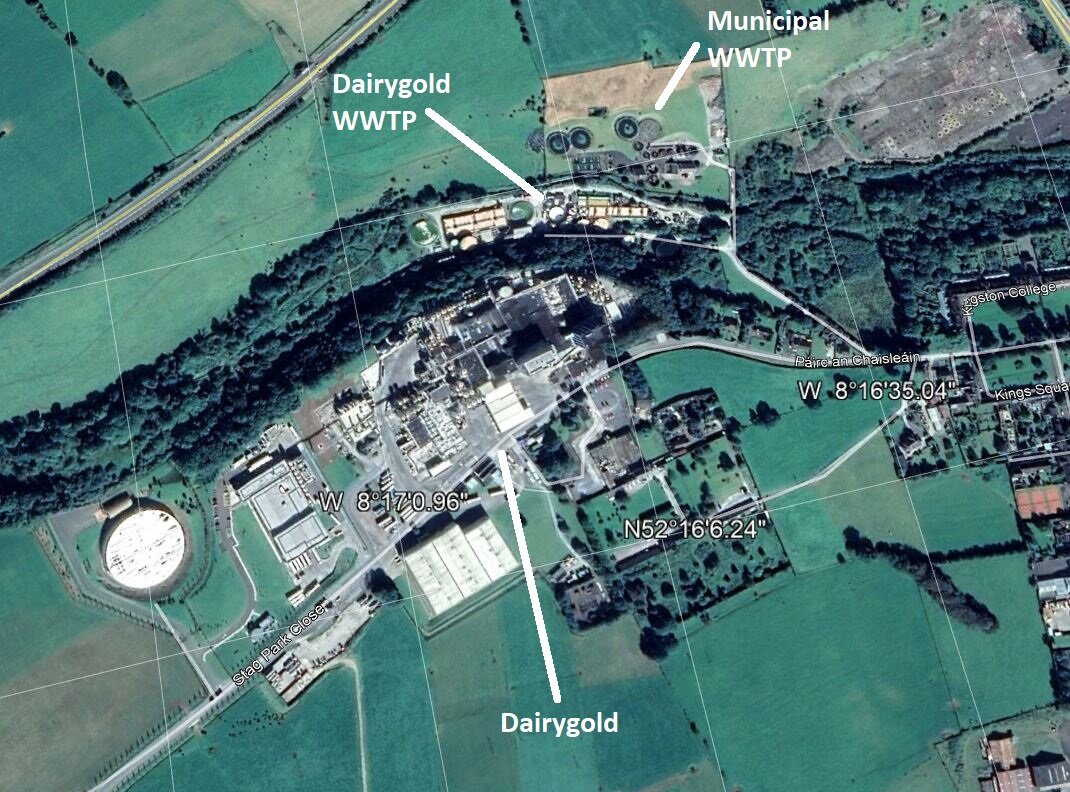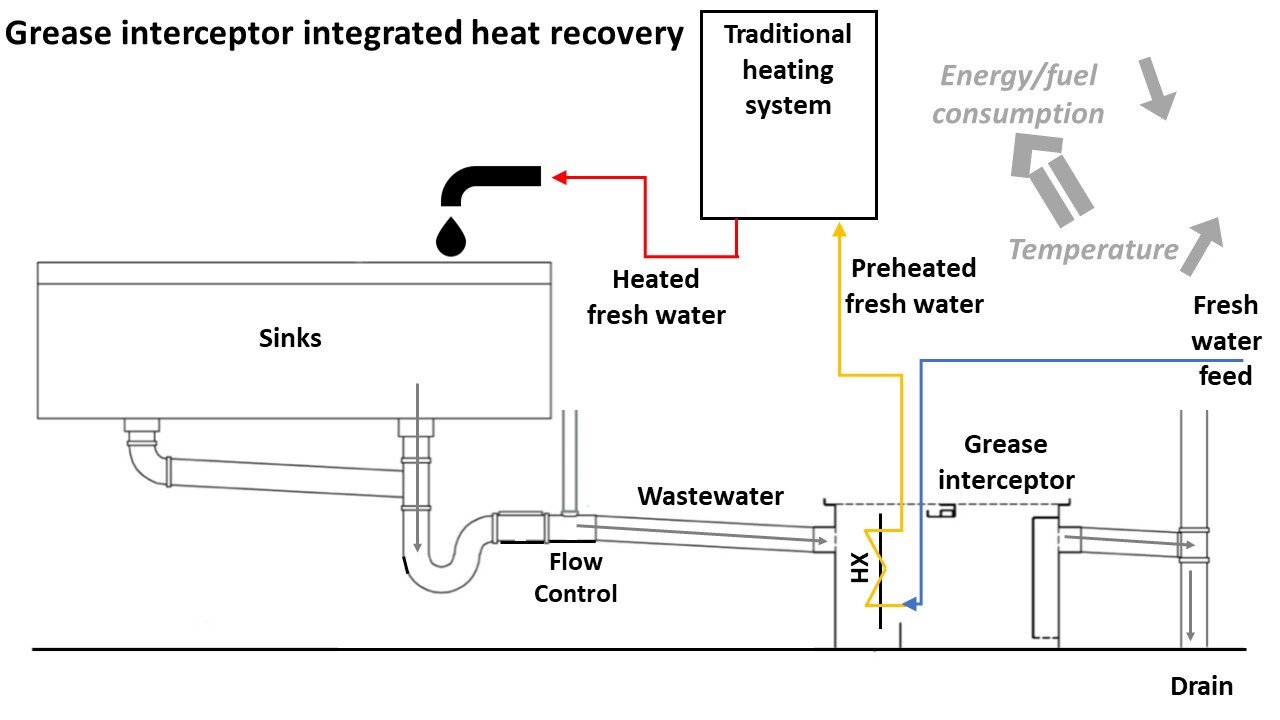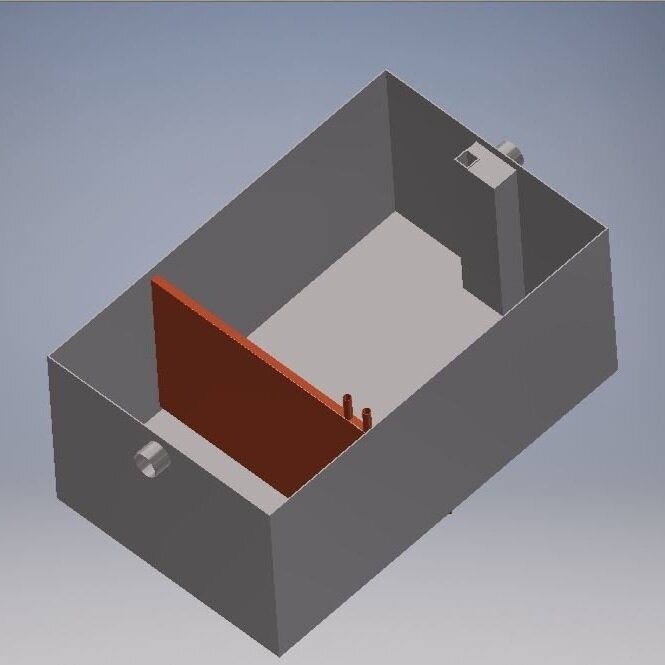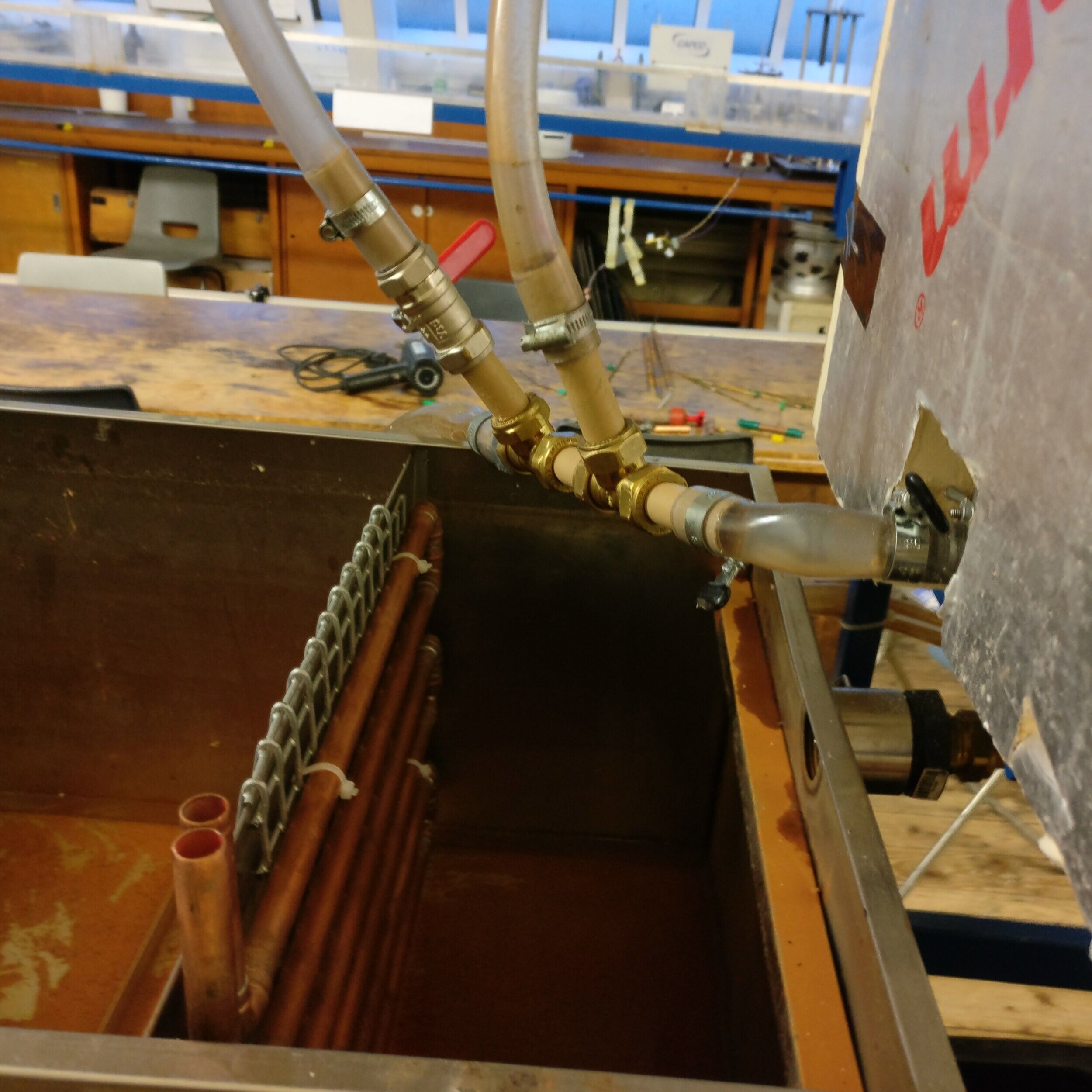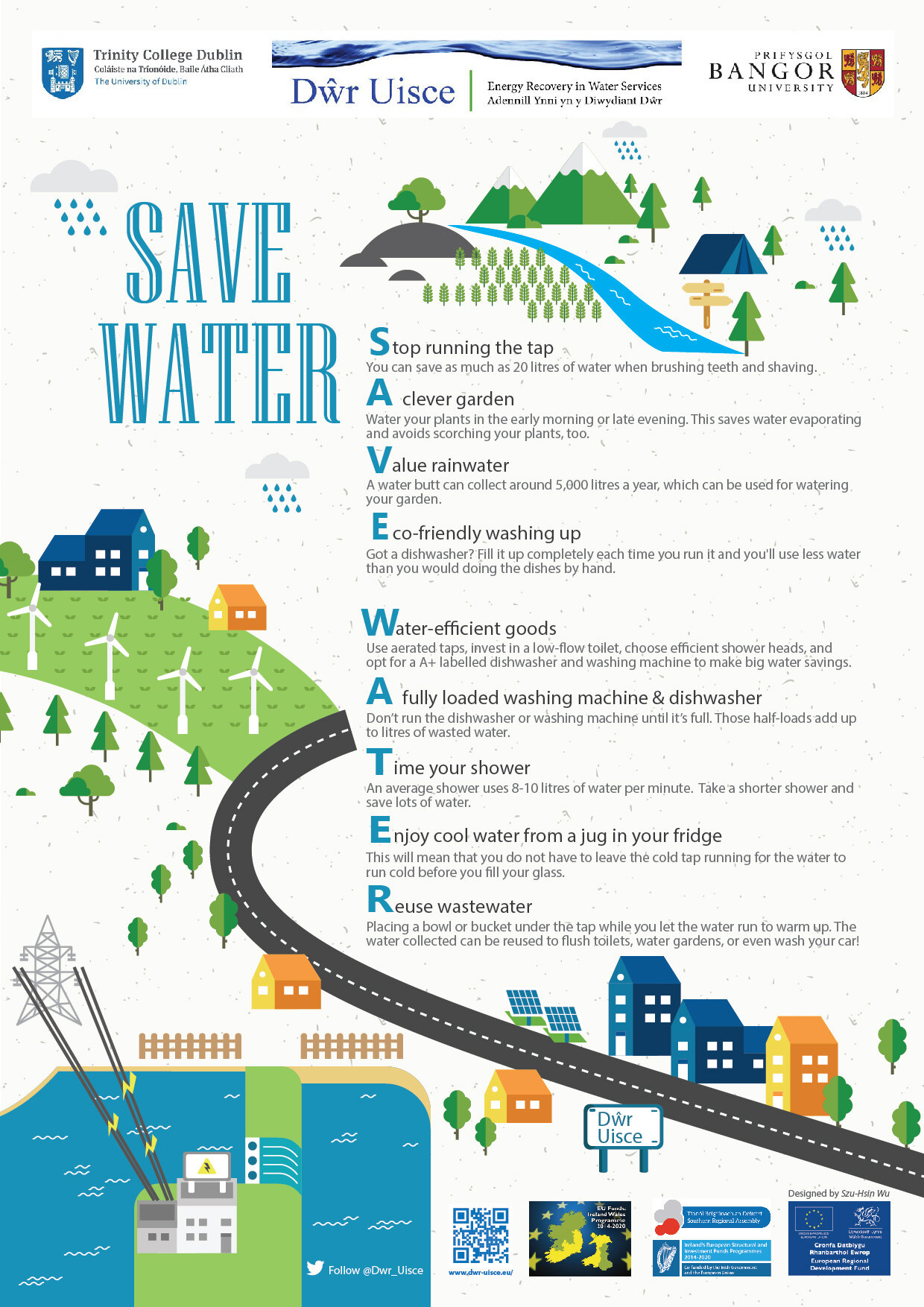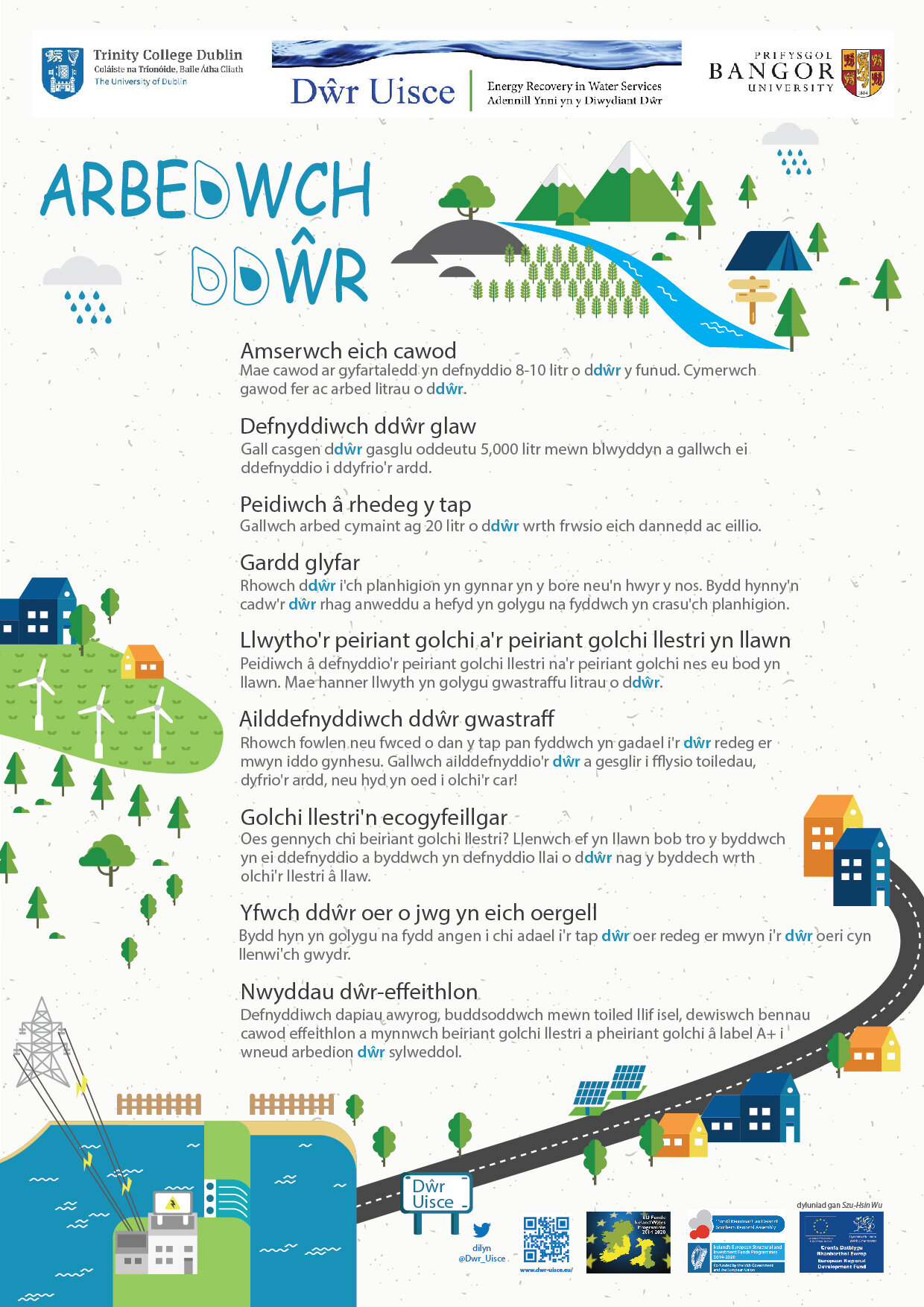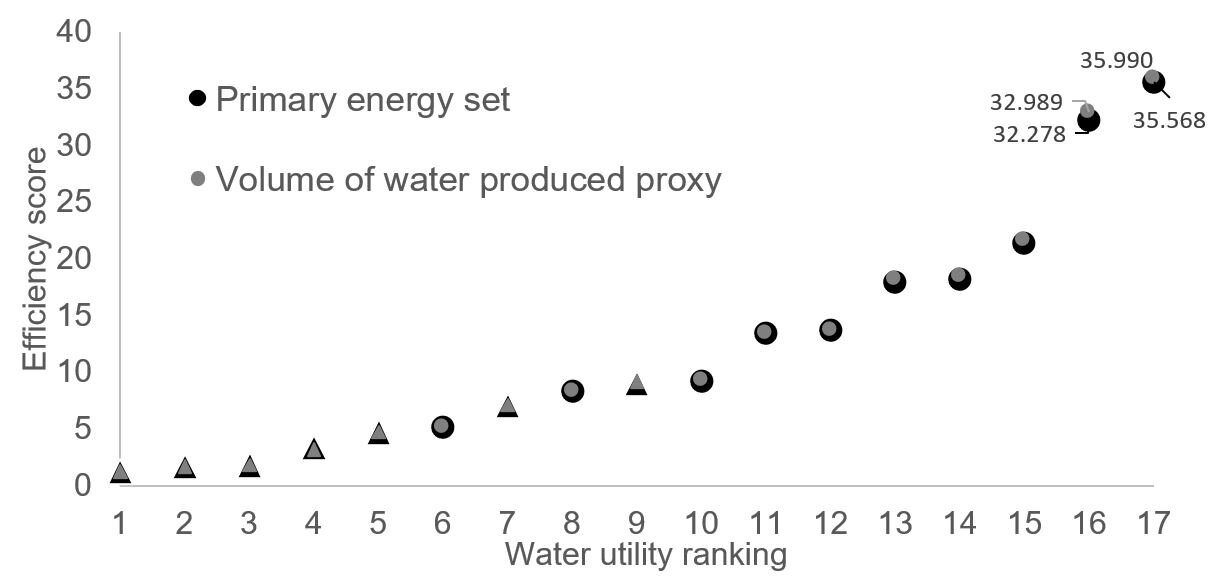Isabel presented the results of the water footprint of single malt whisky at the LCA Food 2020 conference in mid of October. How much water is used for producing whisky in a craft distillery in Scotland? How can this water footprint be reduced? And what is the smartest way to use the valuable by-products, from a water perspective? These and other questions were answered in her poster presentation.
Held virtually from Berlin, this very well organised online event allowed for a lot of interactivity! Chat functions, breakout rooms with random researcher peers from around the world, a virtual photo booth, a pub quiz (you had to bring your own beer) and live forum discussions made it almost feel like a personal face-to-face meetup. No need to run after an author at the lunch buffet for asking a question – this could be done at any time by leaving a comment underneath the pre-recorded presentation. As registered participants can still watch all presentations for more than a month, no presentation has to be missed – as often in a normal conference where events are being held in parallel. You missed a detail on the slide? No problem, just pause and go back.
Researchers leaving comments for Isabel’s poster stated their surprise over cooling water being the main water use hotspot in the distillery. Indeed, this is common for many distilleries. But heat recovery and a (partially) closed cooling water loop offer interesting solutions, which is the topic of Isabel’s current research. In terms of by-product use, it seems to be most (water) efficient to use spent grain and pot ale for the replacement of imported protein feed such as soybean meal to be fed to livestock. Have a look at her poster below if you are interested in finding out more!
Many thanks go to Arbikie distillery for the fruitful collaboration and the funders of the Dwr Uisce project for supporting Isabel’s participation in the conference!
Isabel’s poster, presented at LCA Food 2020: What are the water use hotspots in whisky distilling and how can we reduce the whisky’s water footprint?



